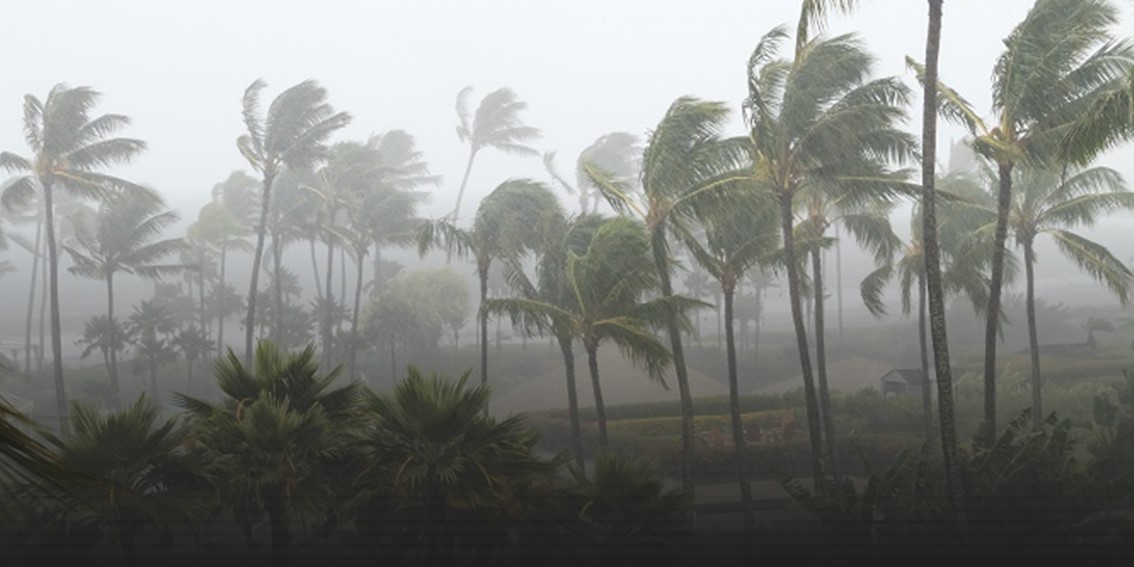
Josh Darr, Guy Carpenter’s Global Head of Peril Advisory, joined Marsh’s Robert Gall, Chief Property Claims Officer; Neil Greaves, who leads Marsh's Forensic Accounting and Claims Services in the UK; Karl Bryant, Senior Vice President specializing in business continuity, and Rich Wall, Head of Natural Hazards Consulting within Marsh's Advisory Practice, for an episode of Marsh’s Risk in Context podcast, Developing a Pathway to Managing Natural Catastrophe Risks.
With hurricane season set to begin June 1 in the Atlantic Ocean—with many experts calling for an especially busy storm period—Josh provided insights behind some of the causes driving strong hurricane frequency.
“What's at play? A couple of items. Number one, sea surface temperatures drive hurricanes; not only the formation of them, but how strong they can become,” Josh explained. “The Atlantic Ocean has been running at record warm levels for over a year now. And that's on top of last hurricane season, which also featured record levels of warmth for the time of year during hurricane season.”
Josh also described how the transition from El Niño to La Niña atmospheric conditions and their impact on wind shear affects the strength and frequency of hurricanes.
In conclusion, Josh noted that while extreme weather contributes to losses, it is not always the biggest influence.
“As we look at the shape of weather volatility, any climate influences—either natural or man-made—that are occurring, I think it's important to note that we are seeing increased losses from an insured and an economic standpoint over time,” Josh explained. “And while weather and potential climate shifts play a role in that, it's not the largest driver of this increased propensity for loss. It really is more so people in more risky areas—population migration and population sprawl, plus the inflationary environment we've been in over the last several years since the (COVID-19) pandemic. Those are the main factors that are driving increased losses, and then obviously we have the cycles of weather we have to contend with as well.”